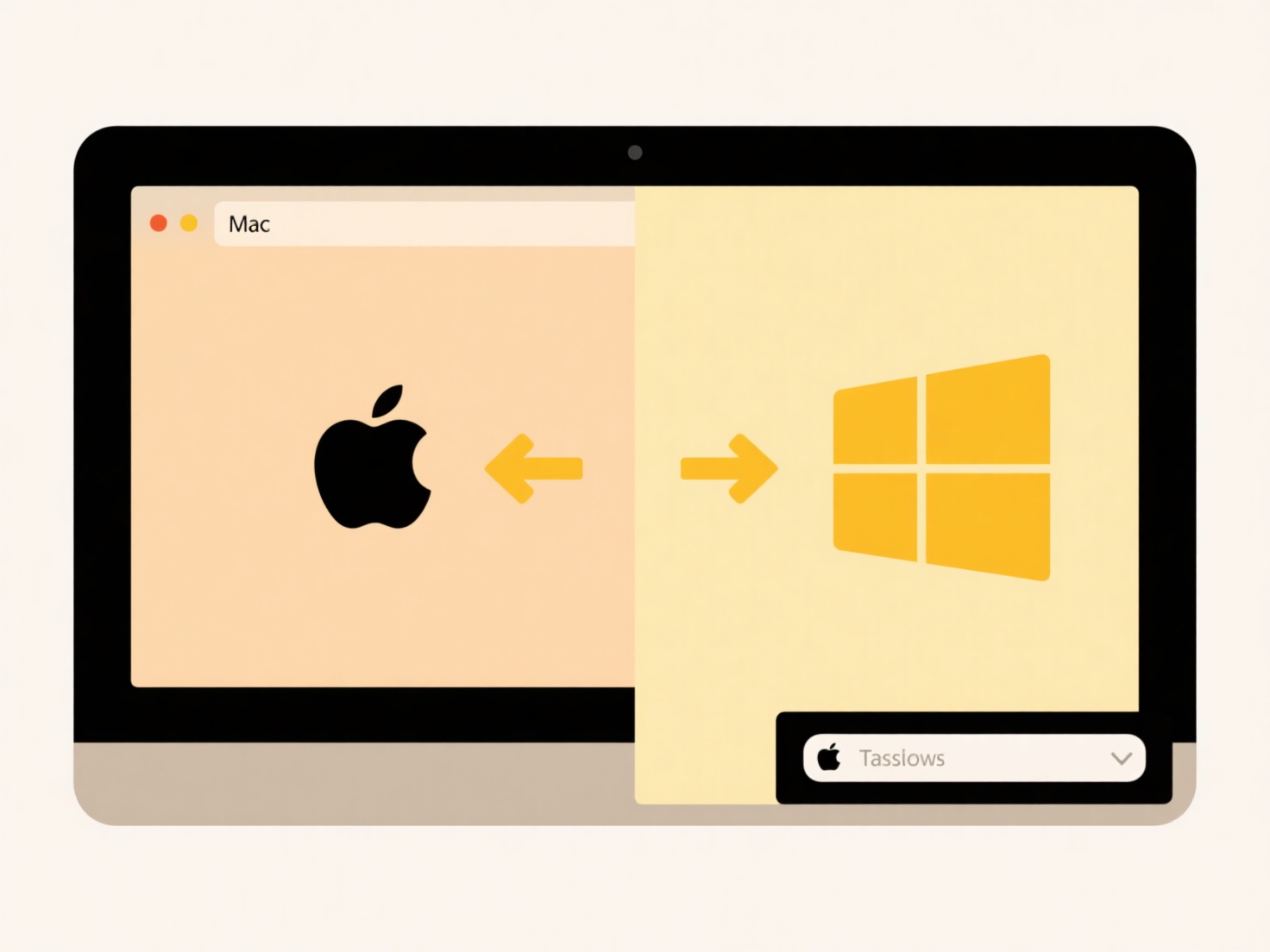
The phrase "File in use" means that the file you're trying to save changes to is currently open and actively being used by another program or process on the same computer or network. This state prevents the file from being modified simultaneously by different applications or users to avoid conflicts. It differs from simply being read-only, as it specifically indicates another active session holds an exclusive lock preventing your edits from being saved. Think of it as someone else having the file open for editing.

For instance, you might encounter this message if a colleague has the same Excel spreadsheet open on a shared network drive while you try to save your copy. Similarly, specialized software like accounting systems (e.g., QuickBooks) or CAD tools often lock database files or project files exclusively while a user is actively working within the application, preventing another instance or user from saving conflicting changes simultaneously.
The primary advantage is data integrity protection, ensuring only one set of changes is saved at a time. However, the main limitation is workflow disruption when users need concurrent access. This requires coordination to close the file or use solutions like document co-authoring features in modern cloud platforms (e.g., Office 365) which manage access differently to allow simultaneous editing without traditional "in use" conflicts. Future developments focus on enabling smoother collaborative editing experiences.
What does “File in use” mean when saving?
The phrase "File in use" means that the file you're trying to save changes to is currently open and actively being used by another program or process on the same computer or network. This state prevents the file from being modified simultaneously by different applications or users to avoid conflicts. It differs from simply being read-only, as it specifically indicates another active session holds an exclusive lock preventing your edits from being saved. Think of it as someone else having the file open for editing.

For instance, you might encounter this message if a colleague has the same Excel spreadsheet open on a shared network drive while you try to save your copy. Similarly, specialized software like accounting systems (e.g., QuickBooks) or CAD tools often lock database files or project files exclusively while a user is actively working within the application, preventing another instance or user from saving conflicting changes simultaneously.
The primary advantage is data integrity protection, ensuring only one set of changes is saved at a time. However, the main limitation is workflow disruption when users need concurrent access. This requires coordination to close the file or use solutions like document co-authoring features in modern cloud platforms (e.g., Office 365) which manage access differently to allow simultaneous editing without traditional "in use" conflicts. Future developments focus on enabling smoother collaborative editing experiences.
Quick Article Links
What apps can open Office files on mobile?
Office file formats like Word (.docx), Excel (.xlsx), and PowerPoint (.pptx) are commonly used for documents, spreadshee...
Can I view sync history?
Sync history refers to the chronological record of synchronization events performed by an application or service. It tra...
Are AI models trained on my data or are they fixed?
Are AI models trained on my data or are they fixed? Wisfile's AI models are fixed and never train on your personal fil...